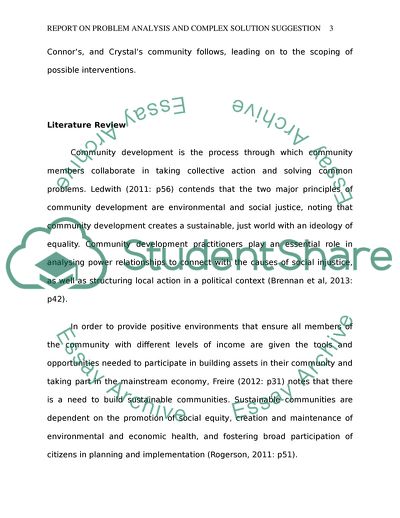Cite this document
(Sense of a Community Development Term Paper Example | Topics and Well Written Essays - 2611 words, n.d.)
Sense of a Community Development Term Paper Example | Topics and Well Written Essays - 2611 words. Retrieved from https://studentshare.org/sociology/1865925-analysing-a-problem-and-suggesting-complex-solutions-project-report
Sense of a Community Development Term Paper Example | Topics and Well Written Essays - 2611 words. Retrieved from https://studentshare.org/sociology/1865925-analysing-a-problem-and-suggesting-complex-solutions-project-report
(Sense of a Community Development Term Paper Example | Topics and Well Written Essays - 2611 Words)
Sense of a Community Development Term Paper Example | Topics and Well Written Essays - 2611 Words. https://studentshare.org/sociology/1865925-analysing-a-problem-and-suggesting-complex-solutions-project-report.
Sense of a Community Development Term Paper Example | Topics and Well Written Essays - 2611 Words. https://studentshare.org/sociology/1865925-analysing-a-problem-and-suggesting-complex-solutions-project-report.
“Sense of a Community Development Term Paper Example | Topics and Well Written Essays - 2611 Words”, n.d. https://studentshare.org/sociology/1865925-analysing-a-problem-and-suggesting-complex-solutions-project-report.


